What Is Acrid Stealer?
Acrid Stealer is a relatively new information-stealing malware (shortly known as “infostealer“) written in C++. This malicious software is specifically designed to target sensitive information, including credentials, browser data, and, notably, cryptocurrency wallets.
Acrid Stealer can infiltrate systems unnoticed, usually through the means of phishing emails, exfiltrating valuable data to its operators. Its focus on cryptocurrency wallets makes it particularly dangerous in the digital finance sector, where stolen assets are often irrecoverable. Prompt removal of Acrid Stealer is crucial, requiring a combination of an advanced anti-malware tool and manual system scans to ensure no traces of the malware remain on the system.
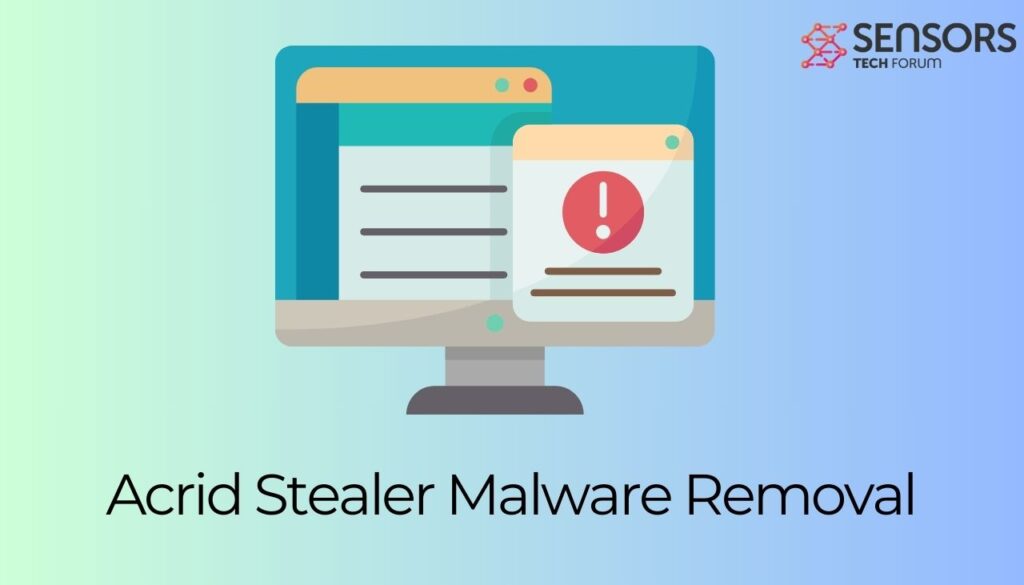
Acrid Stealer Threat Summary
| Name | Acrid Stealer |
| Type | Trojan Horse / Malware / Infostealer |
| Brief Description | Aims to collect various details from the system. |
| Symptoms | Your computer could become very slow and even freeze from time to time. |
| Distribution Technique | Bundled downloads. Web pages which may promote it. |
| Detection Tool |
See if the System is impacted by Acrid Stealer
Down Load
Malware Removal Tool
|
Acrid Stealer – What Should I Know?
For its distribution network, the malware is most likely using software cracks and phishing emails to get installed on users’ machines. Once installed, the malware starts harvesting system data and information related to the victim’s installed applications.
Its malicious capabilities likely include collecting system data, stealing cryptocurrency, and extracting log-in credentials and data from cryptocurrency wallets.
Here’s a breakdown of the capabilities typical for most stealers that target cryptocurrency owners:
- Focus on Wallet Directories: These stealers often search for wallet files stored in directories associated with popular cryptocurrency wallets like Metamask, Exodus, Trust Wallet, or Electrum. They may also target browser extensions for crypto management.
- Keylogging Capabilities: To capture private keys or seed phrases, they employ keylogging mechanisms that record every keystroke, especially during wallet setups or transactions.
- Clipboard Monitoring: Many stealers monitor clipboard activity to detect and replace copied cryptocurrency addresses, redirecting transactions to wallets controlled by attackers.
- Targeting Specific File Types: They identify and steal files with extensions or names associated with wallet backups, configuration files, or JSON files containing sensitive data.
- Browser Data Extraction:Stealers such as Acrid extract saved browser data, such as credentials, autofill information, and session cookies, which can be used to access web-based wallet services.
- Encrypted Communication: To evade detection, the stolen data is often encrypted before being transmitted to remote command-and-control (C2) servers.
- Cryptocurrency Address Monitoring: They may include functionality to detect transactions in real-time and modify outgoing wallet addresses during exchanges or transfers.
Remove Acrid Stealer from Your Computer
Acrid Stealer can be removed completely from your computer by following the removal guide below. The best course of action, if you believe that your computer is compromised by this dangerous crypto-stealing malware, is to get rid of it automatically by using a professional anti-malware software.
Preparation before removing Acrid Stealer.
Before starting the actual removal process, we recommend that you do the following preparation steps.
- Make sure you have these instructions always open and in front of your eyes.
- Do a backup of all of your files, even if they could be damaged. You should back up your data with a cloud backup solution and insure your files against any type of loss, even from the most severe threats.
- Be patient as this could take a while.
- Scan for Malware
- Fix Registries
- Remove Virus Files
Step 1: Scan for Acrid Stealer with SpyHunter Anti-Malware Tool
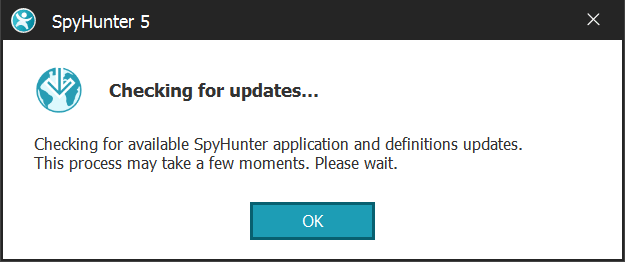

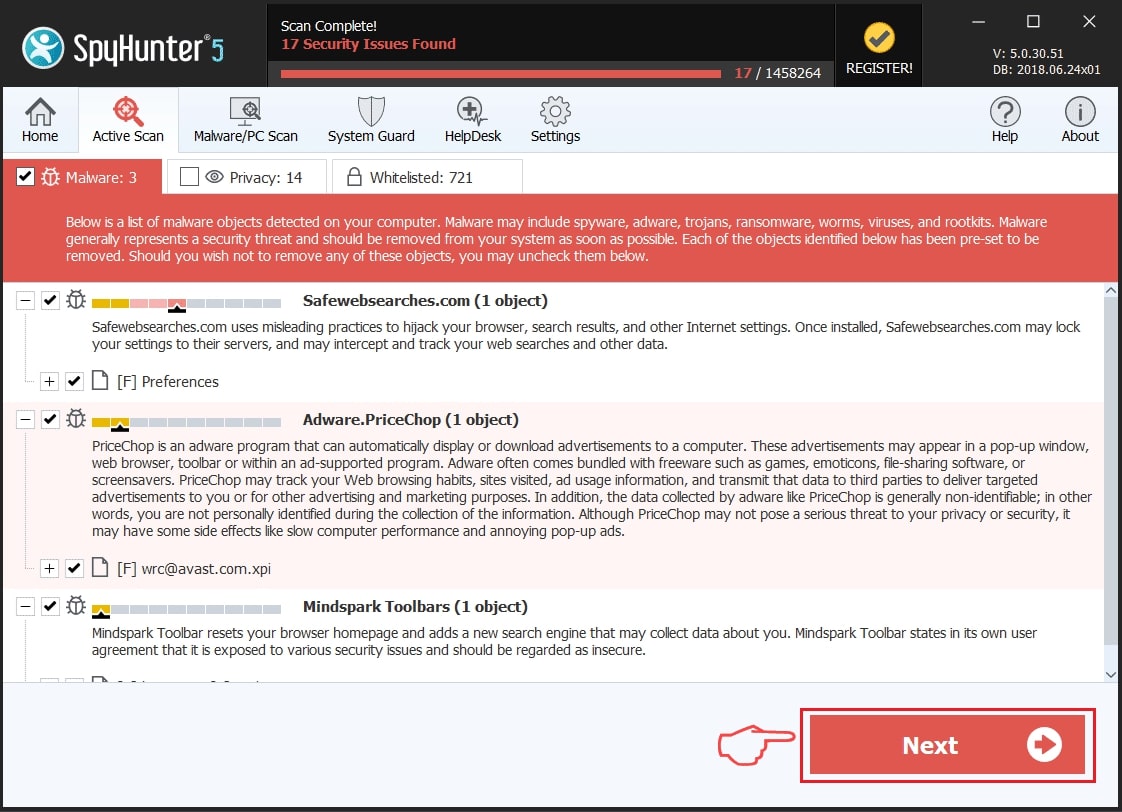
Step 2: Clean any registries, created by Acrid Stealer on your computer.
The usually targeted registries of Windows machines are the following:
- HKEY_LOCAL_MACHINE\Software\Microsoft\Windows\CurrentVersion\Run
- HKEY_CURRENT_USER\Software\Microsoft\Windows\CurrentVersion\Run
- HKEY_LOCAL_MACHINE\Software\Microsoft\Windows\CurrentVersion\RunOnce
- HKEY_CURRENT_USER\Software\Microsoft\Windows\CurrentVersion\RunOnce
You can access them by opening the Windows registry editor and deleting any values, created by Acrid Stealer there. This can happen by following the steps underneath:


 Tip: To find a virus-created value, you can right-click on it and click "Modify" to see which file it is set to run. If this is the virus file location, remove the value.
Tip: To find a virus-created value, you can right-click on it and click "Modify" to see which file it is set to run. If this is the virus file location, remove the value.Step 3: Find virus files created by Acrid Stealer on your PC.
1.For Windows 8, 8.1 and 10.
For Newer Windows Operating Systems
1: On your keyboard press + R and write explorer.exe in the Run text box and then click on the Ok button.
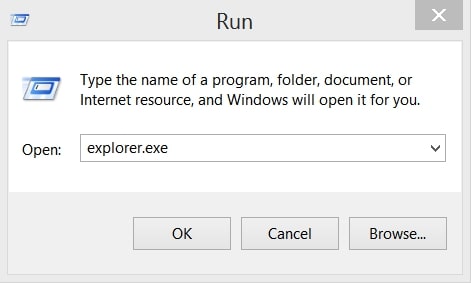
2: Click on your PC from the quick access bar. This is usually an icon with a monitor and its name is either “My Computer”, “My PC” or “This PC” or whatever you have named it.
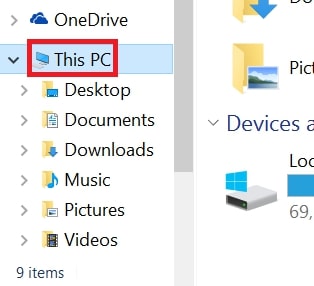
3: Navigate to the search box in the top-right of your PC's screen and type “fileextension:” and after which type the file extension. If you are looking for malicious executables, an example may be "fileextension:exe". After doing that, leave a space and type the file name you believe the malware has created. Here is how it may appear if your file has been found:
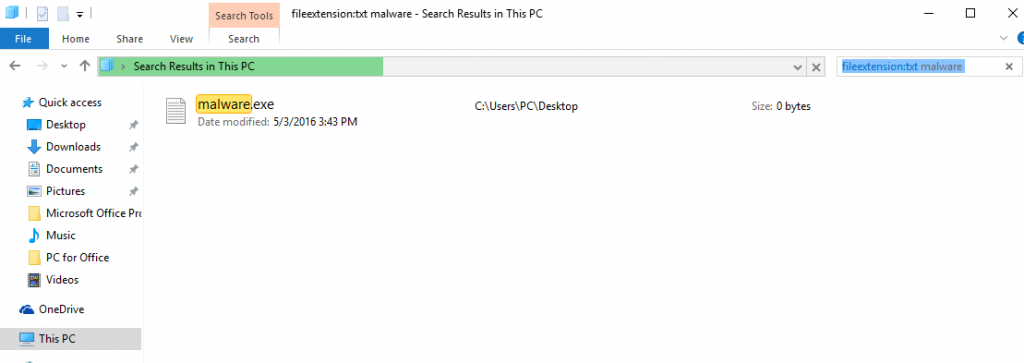
N.B. We recommend to wait for the green loading bar in the navigation box to fill up in case the PC is looking for the file and hasn't found it yet.
2.For Windows XP, Vista, and 7.
For Older Windows Operating Systems
In older Windows OS's the conventional approach should be the effective one:
1: Click on the Start Menu icon (usually on your bottom-left) and then choose the Search preference.
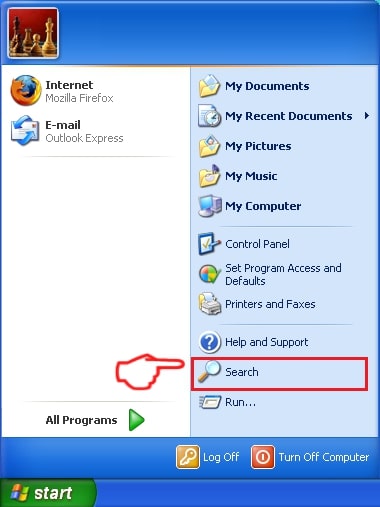
2: After the search window appears, choose More Advanced Options from the search assistant box. Another way is by clicking on All Files and Folders.
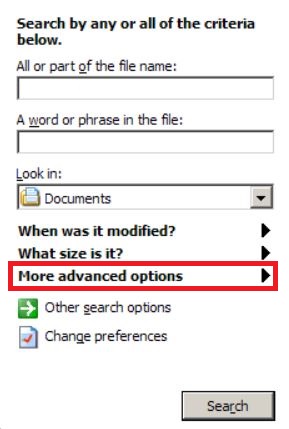
3: After that type the name of the file you are looking for and click on the Search button. This might take some time after which results will appear. If you have found the malicious file, you may copy or open its location by right-clicking on it.
Now you should be able to discover any file on Windows as long as it is on your hard drive and is not concealed via special software.
Acrid Stealer FAQ
What Does Acrid Stealer Trojan Do?
The Acrid Stealer Trojan is a malicious computer program designed to disrupt, damage, or gain unauthorized access to a computer system. It can be used to steal sensitive data, gain control over a system, or launch other malicious activities.
Can Trojans Steal Passwords?
Yes, Trojans, like Acrid Stealer, can steal passwords. These malicious programs are designed to gain access to a user's computer, spy on victims and steal sensitive information such as banking details and passwords.
Can Acrid Stealer Trojan Hide Itself?
Yes, it can. A Trojan can use various techniques to mask itself, including rootkits, encryption, and obfuscation, to hide from security scanners and evade detection.
Can a Trojan be Removed by Factory Reset?
Yes, a Trojan can be removed by factory resetting your device. This is because it will restore the device to its original state, eliminating any malicious software that may have been installed. Bear in mind that there are more sophisticated Trojans that leave backdoors and reinfect even after a factory reset.
Can Acrid Stealer Trojan Infect WiFi?
Yes, it is possible for a Trojan to infect WiFi networks. When a user connects to the infected network, the Trojan can spread to other connected devices and can access sensitive information on the network.
Can Trojans Be Deleted?
Yes, Trojans can be deleted. This is typically done by running a powerful anti-virus or anti-malware program that is designed to detect and remove malicious files. In some cases, manual deletion of the Trojan may also be necessary.
Can Trojans Steal Files?
Yes, Trojans can steal files if they are installed on a computer. This is done by allowing the malware author or user to gain access to the computer and then steal the files stored on it.
Which Anti-Malware Can Remove Trojans?
Anti-malware programs such as SpyHunter are capable of scanning for and removing Trojans from your computer. It is important to keep your anti-malware up to date and regularly scan your system for any malicious software.
Can Trojans Infect USB?
Yes, Trojans can infect USB devices. USB Trojans typically spread through malicious files downloaded from the internet or shared via email, allowing the hacker to gain access to a user's confidential data.
About the Acrid Stealer Research
The content we publish on SensorsTechForum.com, this Acrid Stealer how-to removal guide included, is the outcome of extensive research, hard work and our team’s devotion to help you remove the specific trojan problem.
How did we conduct the research on Acrid Stealer?
Please note that our research is based on an independent investigation. We are in contact with independent security researchers, thanks to which we receive daily updates on the latest malware definitions, including the various types of trojans (backdoor, downloader, infostealer, ransom, etc.)
Furthermore, the research behind the Acrid Stealer threat is backed with VirusTotal.
To better understand the threat posed by trojans, please refer to the following articles which provide knowledgeable details.


